Tuning in To What Keeps Students Engaged
(NewsUSA) - As the school year gets underway across the United States, a new report illustrates that student engagement is essential for learning, but gaps remain about how to achieve, measure, and sustain students’ interest in the classroom.
- As the school year gets underway across the United States, a new report illustrates that student engagement is essential for learning, but gaps remain about how to achieve, measure, and sustain students’ interest in the classroom.
The report, Education Insights 2025–2026: Fueling Learning Through Engagement, was conducted on behalf of Discovery Education, a leading edtech provider, and includes data from 1,398 superintendents, principals, teachers, parents, and students from across the United States who were surveyed in May 2025.
Overall, more than 90 percent of teachers, principals, and superintendents said that engagement is a critical metric for understanding student achievement and 99% of superintendents surveyed believe student engagement is one of the top predictors of student success. Perhaps most interestingly, 92% of students say that engaging in lessons makes school more enjoyable.
Also, educators and students reported different perceptions of engagement levels. Although 63% of students agreed that “Students are highly engaged in school,” only 45% of teachers and 51% of principals surveyed agreed with the same statement.
In addition, educators disagreed on the top indicators of engagement; 72% of teachers said asking thoughtful questions was the strongest indicator of student engagement, while 54% of superintendents rating performing well on assessments as a top engagement indicator.
The report also found that students rated their own engagement at school higher than their peers. Among elementary school, middle school, and high school students, 70%, 59%, and 61%, respectively, perceived themselves as engaged in learning. However, 42%, 36%, and 39%, of elementary school, middle school, and high school students described their peers as engaged in learning.
The impressions of artificial intelligence’s role in learning varied among respondents, according to the report. Two-thirds of students said they believed that AI could help them learn faster, yet fewer than half of teachers report using AI themselves to complete tasks.
School administrators expressed more enthusiasm for AI than teachers. Only 57% of teachers agreed with the statement "I frequently learn about positive ways students are using AI," while 87% of principals and 98% of superintendents agreed. Likewise, only 53% of teachers agreed with the statement "I am excited about the potential for AI to support teaching and learning," while 83% of principals and 94% of superintendents agreed.
“One of the most important findings of this report is that that engagement is seen as essential to learning, but is inconsistently defined, observed, and supported in K-12 classrooms,” said Brian Shaw, Discovery Education’s Chief Executive Officer. “I believe this highlights the need for both a more standardized approach to measuring student engagement and connecting it to academic achievement,” he added.
To download the full report and find more information about Discovery Education’s award-winning digital resources and professional learning solutions, visit www.discoveryeducation.com.

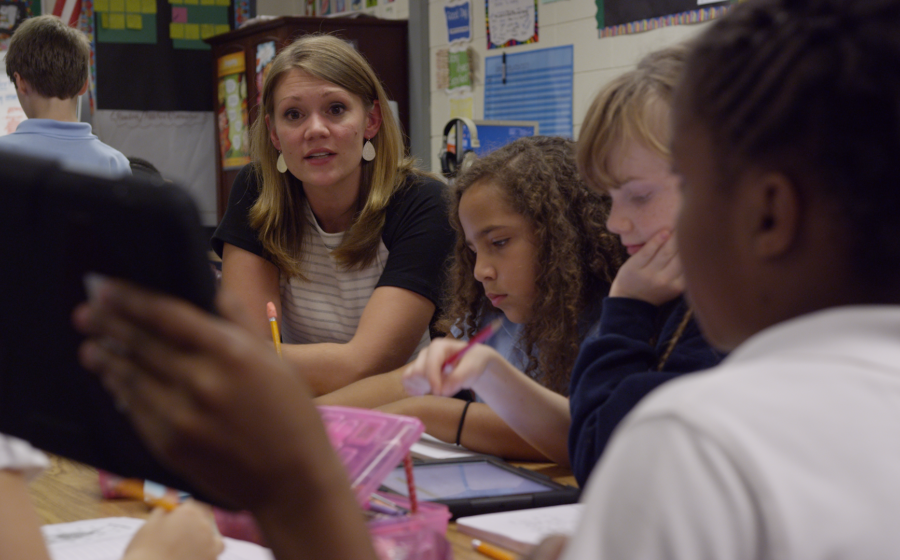

 - In a virtual café, students write resumes, sit for interviews, and take on roles that imitate real-world jobs. In an RV-turned-lab, a health science teacher travels across her state, helping students earn professional certificates. In Colorado, others climb a 13,000-foot mountain while taking steps to earn a wilderness first aid certification. And in Tokyo, a young inventor confidently presents his creation—an AI-powered tool for early cancer detection.
- In a virtual café, students write resumes, sit for interviews, and take on roles that imitate real-world jobs. In an RV-turned-lab, a health science teacher travels across her state, helping students earn professional certificates. In Colorado, others climb a 13,000-foot mountain while taking steps to earn a wilderness first aid certification. And in Tokyo, a young inventor confidently presents his creation—an AI-powered tool for early cancer detection. 
 - Millions Are Affected by NTM Lung Disease Each Year—Experts Call for Earlier Detection, Research, and Patient Support
- Millions Are Affected by NTM Lung Disease Each Year—Experts Call for Earlier Detection, Research, and Patient Support NTM lung disease is caused by environmental bacteria found in water and soil. While many are exposed, people with underlying lung conditions—particularly bronchiectasis—are at higher risk of infection. Alarmingly, new data show that NTM cases are rising by more than 8.2% annually, particularly among women over age 65 and individuals with chronic lung disease. The economic burden per patient can exceed $30,000 per year, underscoring the cost of delayed diagnosis and limited treatment options.
NTM lung disease is caused by environmental bacteria found in water and soil. While many are exposed, people with underlying lung conditions—particularly bronchiectasis—are at higher risk of infection. Alarmingly, new data show that NTM cases are rising by more than 8.2% annually, particularly among women over age 65 and individuals with chronic lung disease. The economic burden per patient can exceed $30,000 per year, underscoring the cost of delayed diagnosis and limited treatment options.
 - Summer is almost here, and the educators at
- Summer is almost here, and the educators at 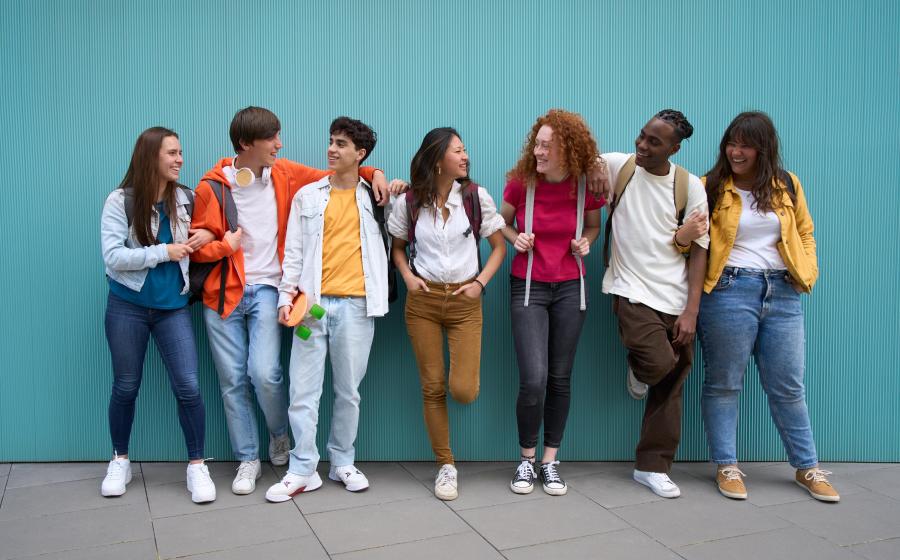
 - Across the United States, schools and families are grappling with a troubling rise in chronic absenteeism among students. Chronic absenteeism, defined as missing 10% (18 days) or more school days, has grown significantly since the COVID-19 pandemic. During the 2022-2023 school year, nearly one in three students was chronically absent, with even higher rates for students with disabilities, students of color, and students learning English as a second language.
- Across the United States, schools and families are grappling with a troubling rise in chronic absenteeism among students. Chronic absenteeism, defined as missing 10% (18 days) or more school days, has grown significantly since the COVID-19 pandemic. During the 2022-2023 school year, nearly one in three students was chronically absent, with even higher rates for students with disabilities, students of color, and students learning English as a second language.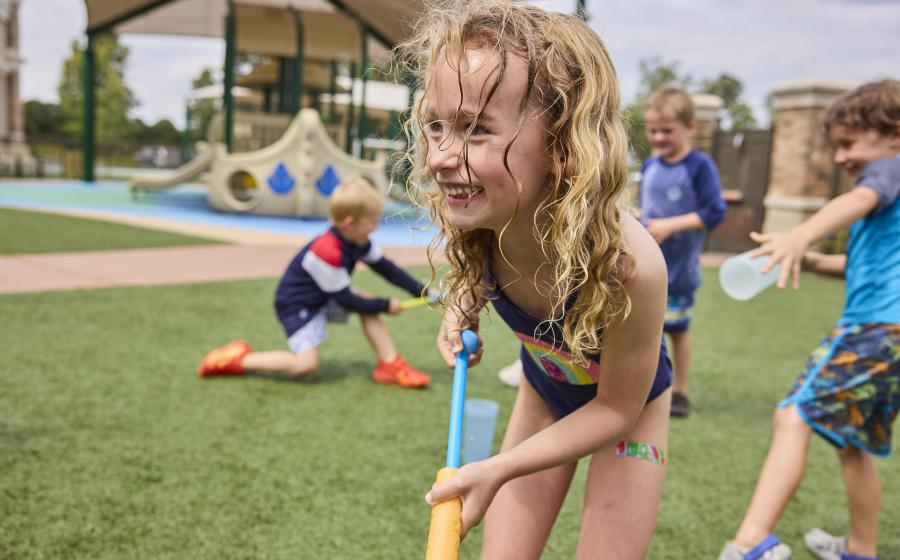
 - Spring break often reminds families of the approach of summer and the need to find the best summer camp experiences for their children. Whether a child is entering kindergarten or transitioning to middle school, there’s a camp to suit their interests and needs, as well as those of their parents. It can be hard to sort through the many options (and price points) available to determine what’s best for each child.
- Spring break often reminds families of the approach of summer and the need to find the best summer camp experiences for their children. Whether a child is entering kindergarten or transitioning to middle school, there’s a camp to suit their interests and needs, as well as those of their parents. It can be hard to sort through the many options (and price points) available to determine what’s best for each child.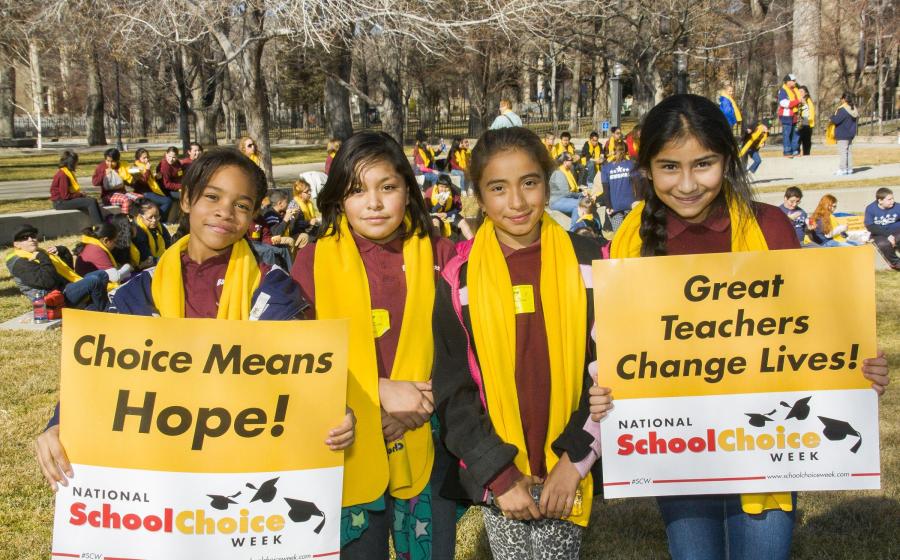
 - Fifteen years ago, I made a life-changing decision: leaving my home country of El Salvador for America. Like so many immigrants, my goal was to provide more opportunities for my family. That journey, while challenging, shaped my path as an advocate for education and a voice for Latino families.
- Fifteen years ago, I made a life-changing decision: leaving my home country of El Salvador for America. Like so many immigrants, my goal was to provide more opportunities for my family. That journey, while challenging, shaped my path as an advocate for education and a voice for Latino families.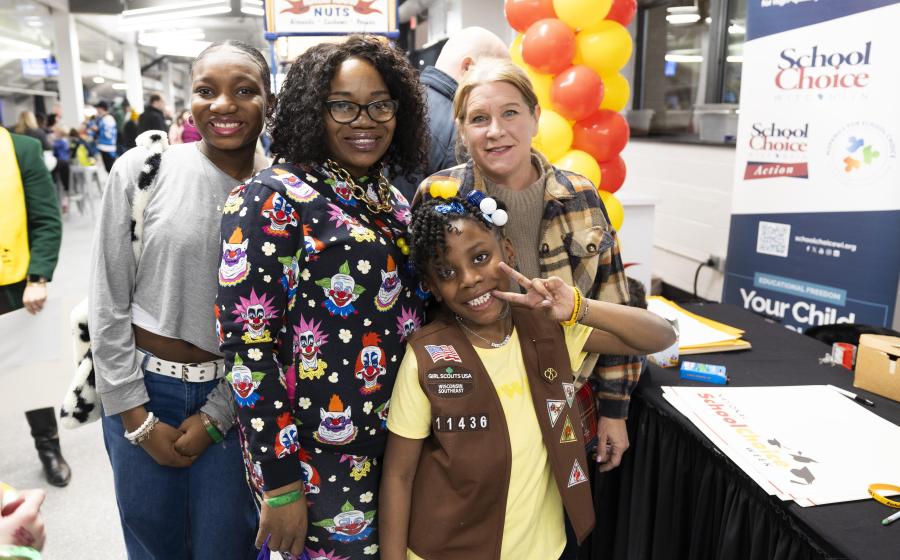
 - What would you do if you felt your child´s school wasn't helping them reach their full potential? For a growing number of parents, the answer is to look for alternatives.
- What would you do if you felt your child´s school wasn't helping them reach their full potential? For a growing number of parents, the answer is to look for alternatives. 
 - Fifteen years ago, when
- Fifteen years ago, when 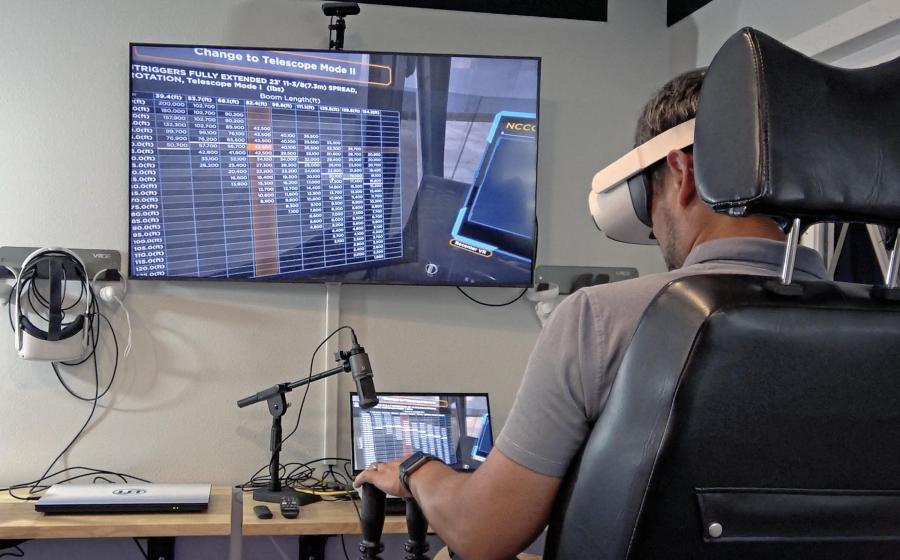
 - More than 2.3 million workers were
- More than 2.3 million workers were


